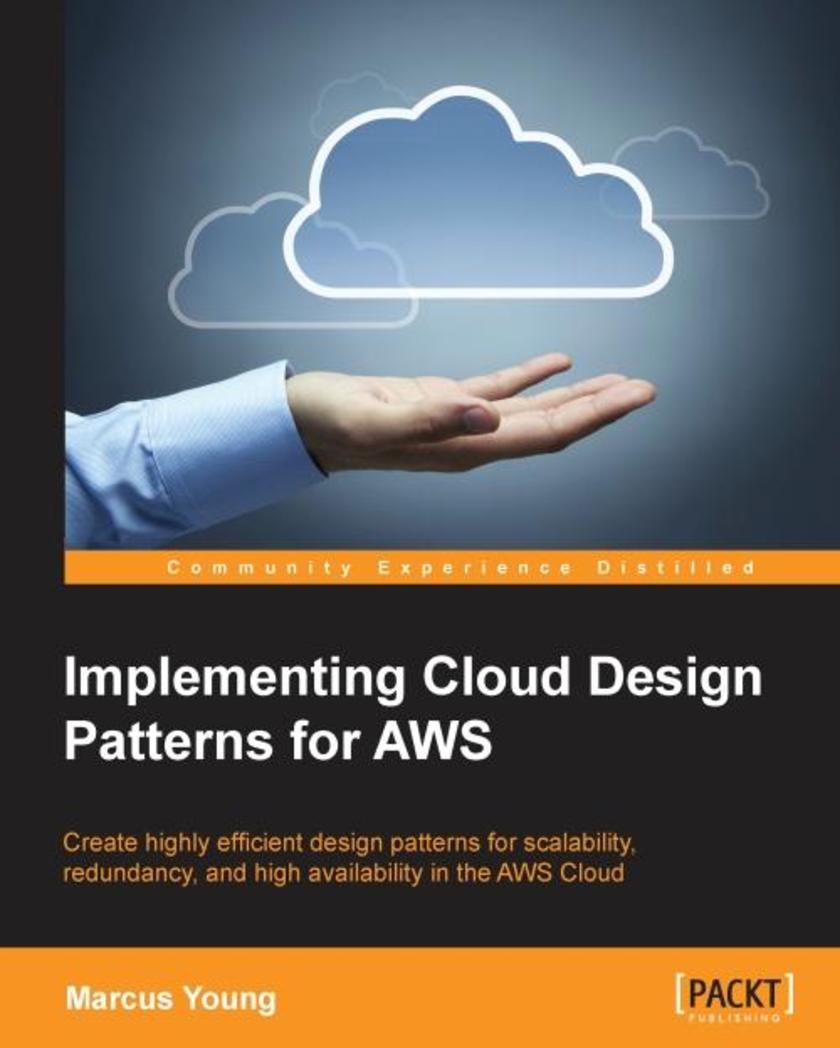
Implementing Cloud Design Patterns for AWS
¥80.65
This book is aimed at architects, solution providers, and those of the DevOps community who are looking to implement repeatable patterns for deploying and maintaining services in the Amazon cloud infrastructure. Prior experience using AWS is required as the book focuses more on the patterns and not on the basics of using AWS.
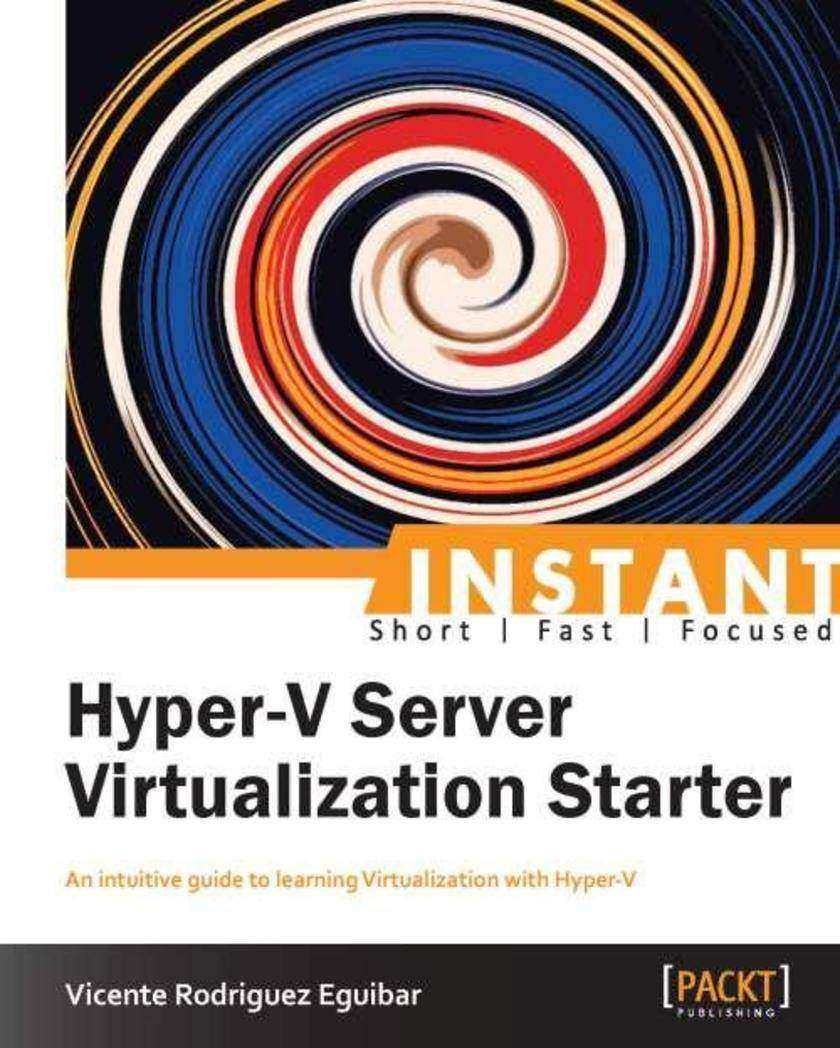
Instant HyperV Server Virtualization Starter
¥50.13
Get to grips with a new technology, understand what it is and what it can do for you, and then get to work with the most important features and tasks.The approach would be in a tutorial manner that will guide the users in an orderly manner toward virtualization.This book is conceived for system administrator and advanced PC enthusiasts who want to venture into the virtualization world. Although this book goes from scratch up, knowledge on server Operative Systems, LAN and networking has to be in place. Having a good background on server administration is desirable, including networking services.

OpenCV for Secret Agents
¥80.65
This book is for programmers who want to expand their skills by building fun, smart, and useful systems with OpenCV. The projects are ideal in helping you to think creatively about the uses of computer vision, natural user interfaces, and ubiquitous computers (in your home, car, and hand).
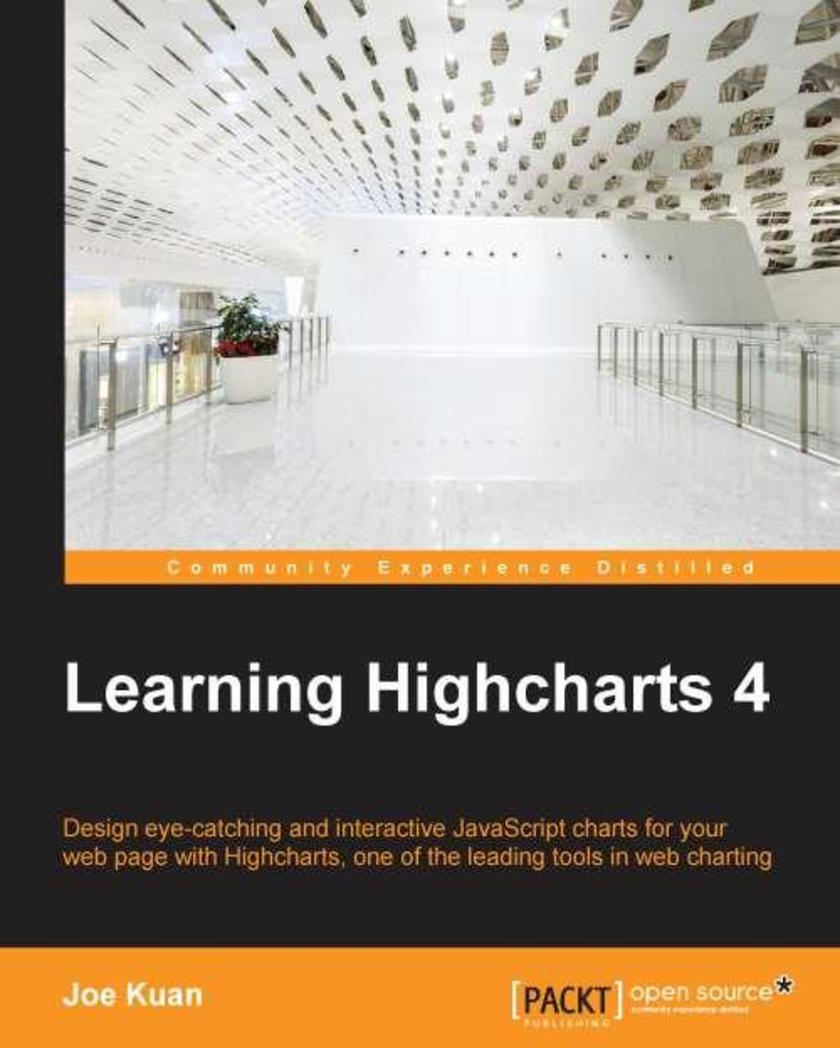
Learning Highcharts 4
¥80.65
The book is aimed at all levels of readers. Beginners can learn the basic configurations and step-by-step approaches in creating charts or Highcharts cloud. For intermediate and advanced readers, the book explores the APIs, events, server-side operations and plugins.
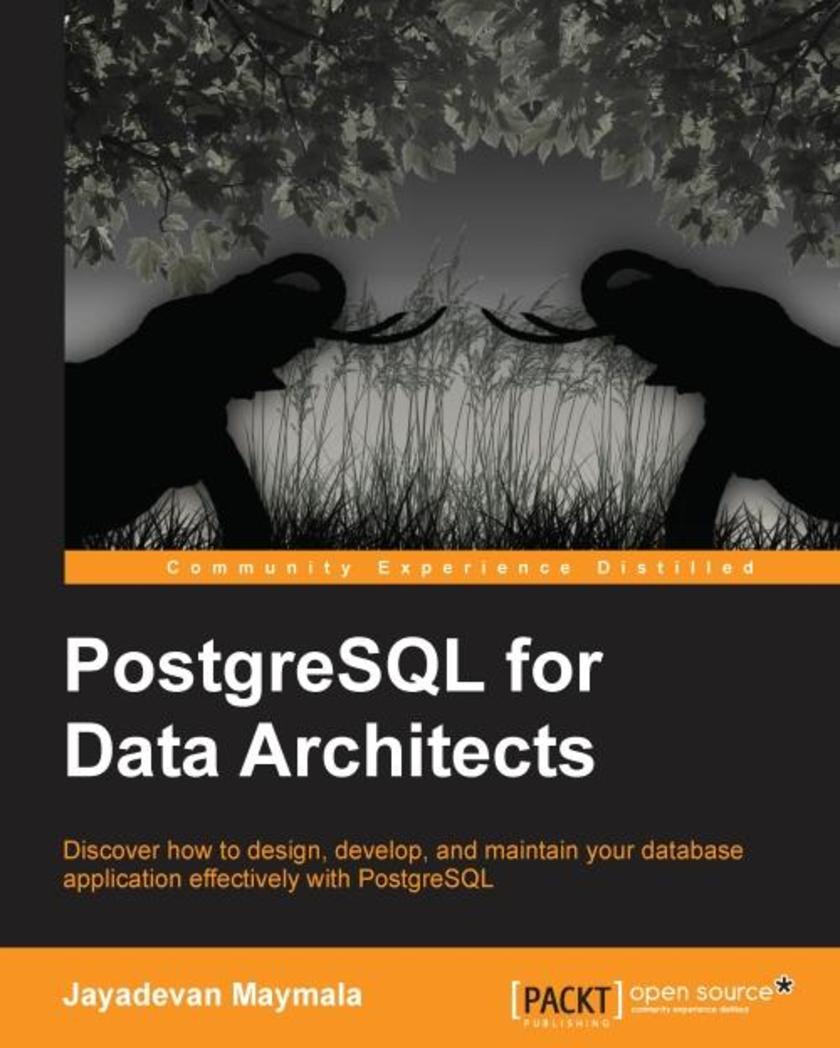
PostgreSQL for Data Architects
¥90.46
This book is for developers and data architects who have some exposure to databases. It is assumed that you understand the basic concepts of tables and common database objects, including privileges and security.
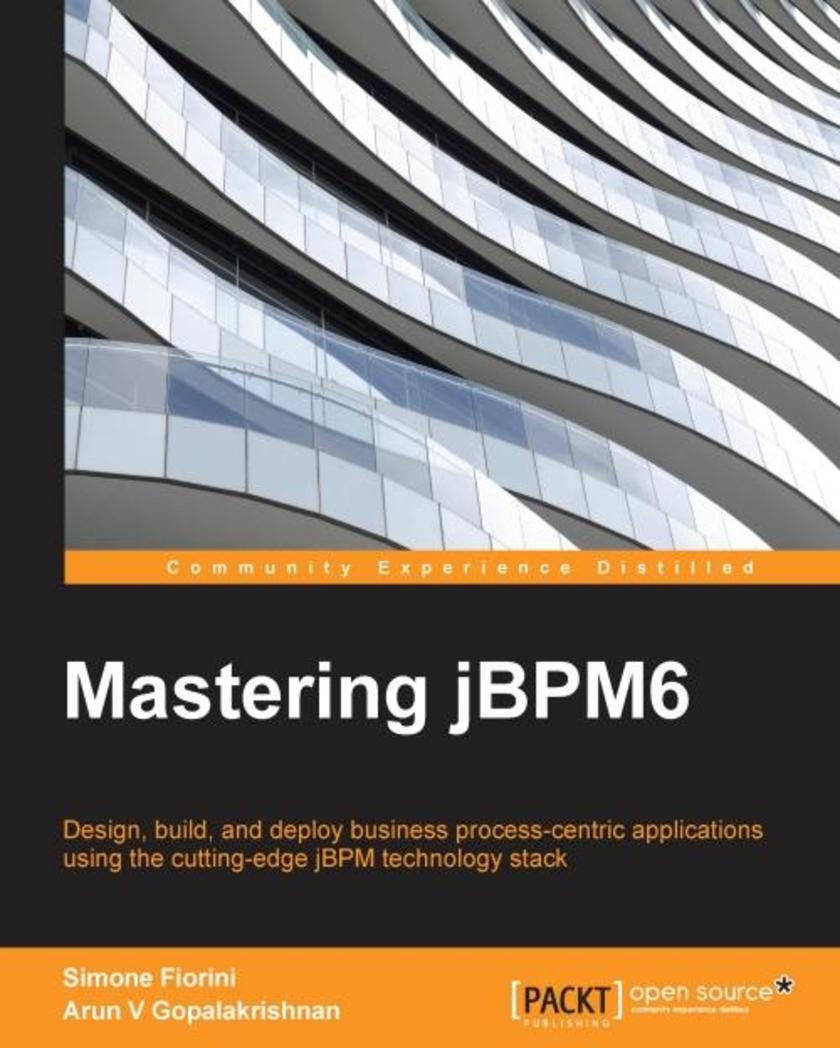
Mastering jBPM6
¥107.90
If you are a designer or developer who wants to build and operate business process-centric applications, then this book is for you. Knowledge of the basic concepts of application development in Java will be helpful in following the concepts covered in the book, but is not necessary.
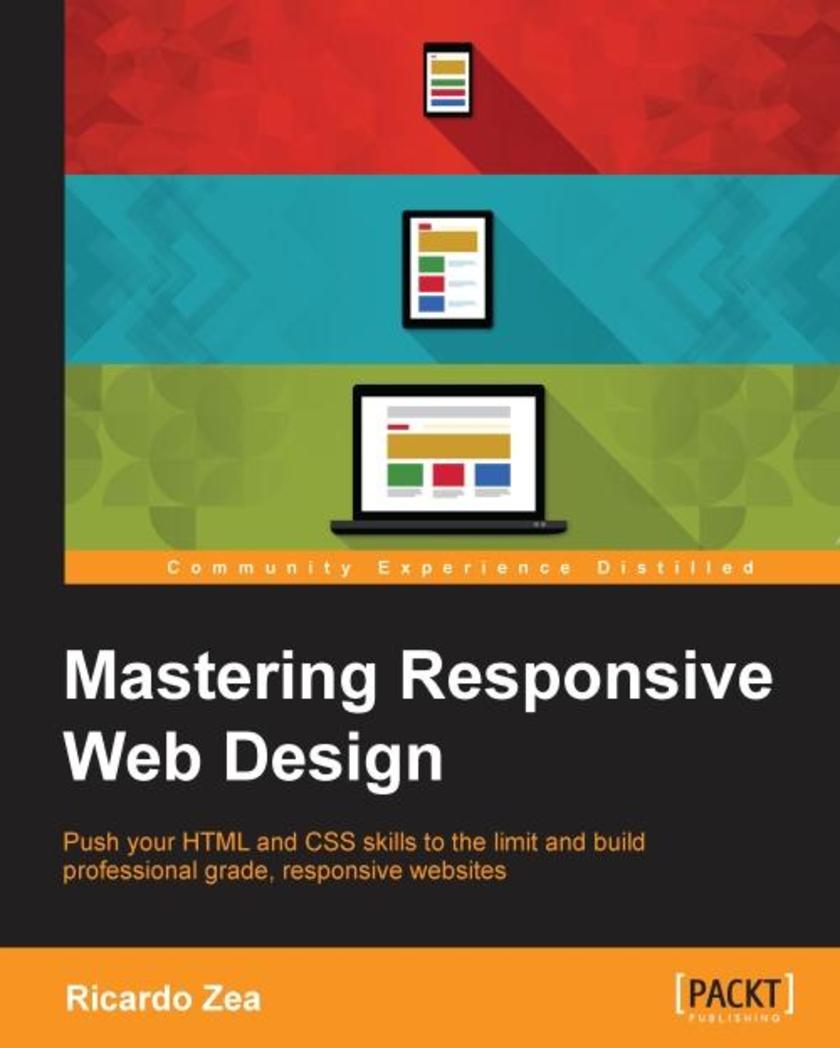
Mastering Responsive Web Design with HTML5 and CSS3
¥90.46
If you already know some HTML and CSS and understand the principles of responsive web design, this book is for you. There's something here for you to learn regardless of whether you're a web designer or web developer, or whether you're a seasoned expert web professional.
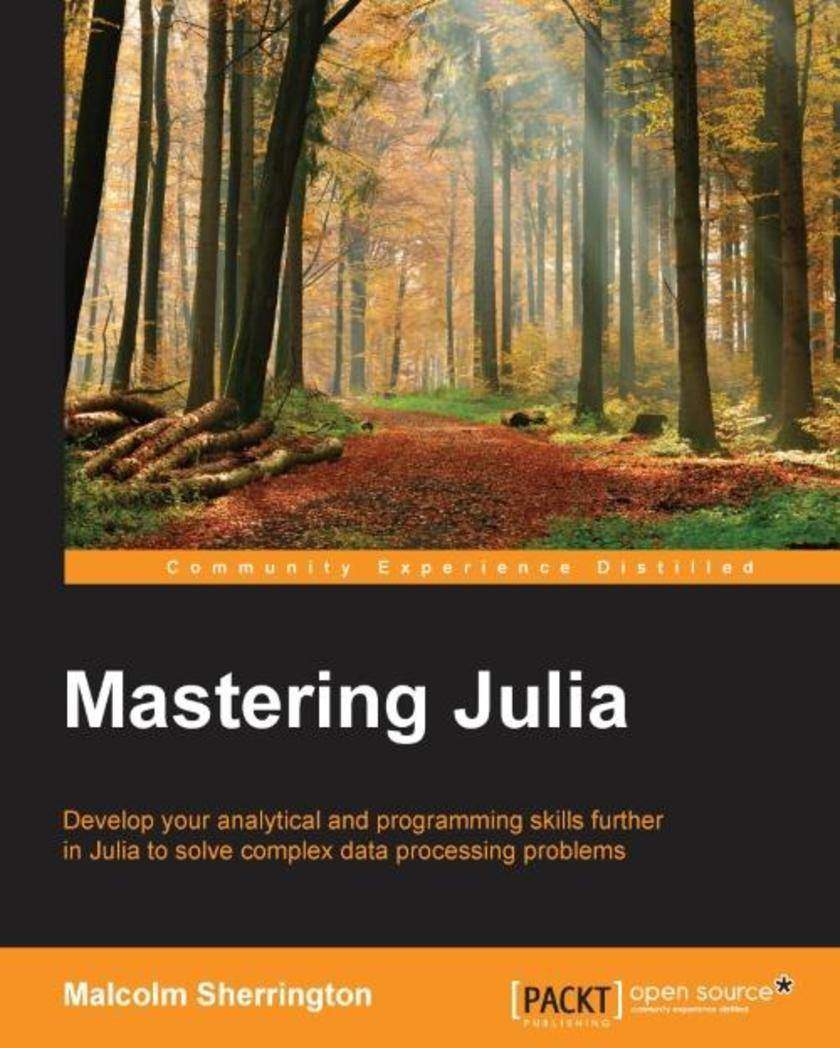
Mastering Julia
¥99.18
This hands-on guide is aimed at practitioners of data science. The book assumes some previous skills with Julia and skills in coding in a *ing language such as Python or R, or a compiled language such as C or Java.
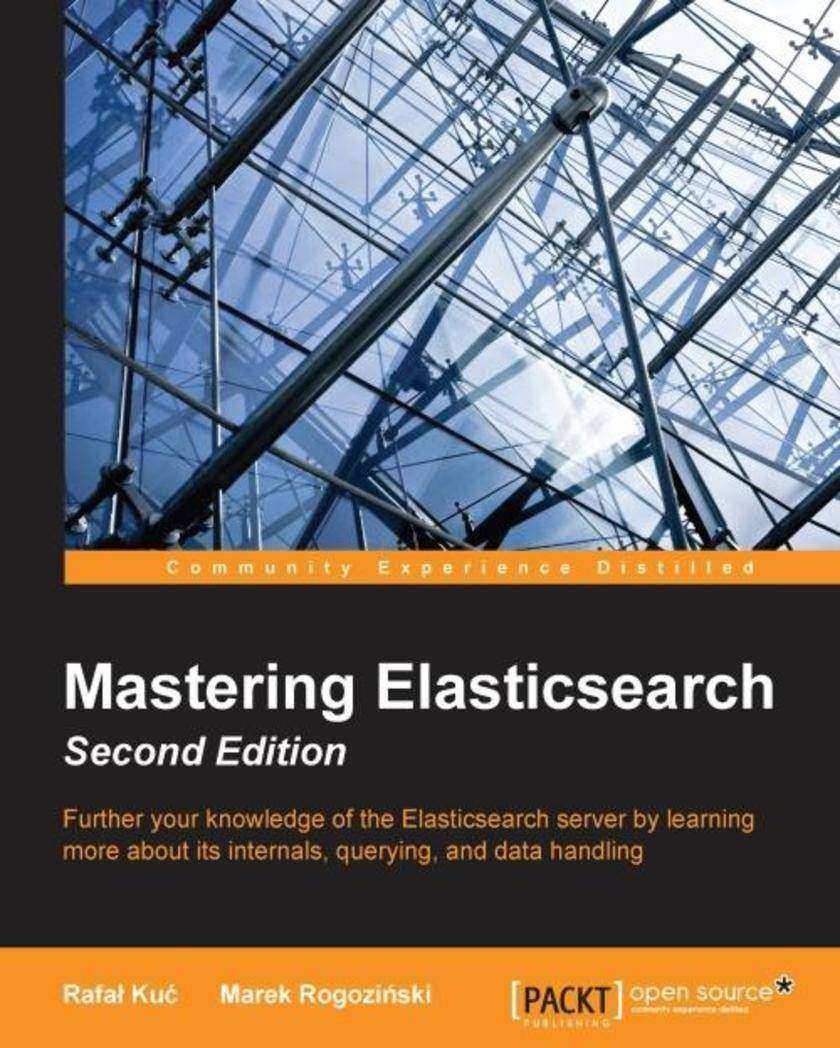
Mastering Elasticsearch - Second Edition
¥99.18
This book is for Elasticsearch users who want to extend their knowledge and develop new skills. Prior knowledge of the Query DSL and data indexing is expected.
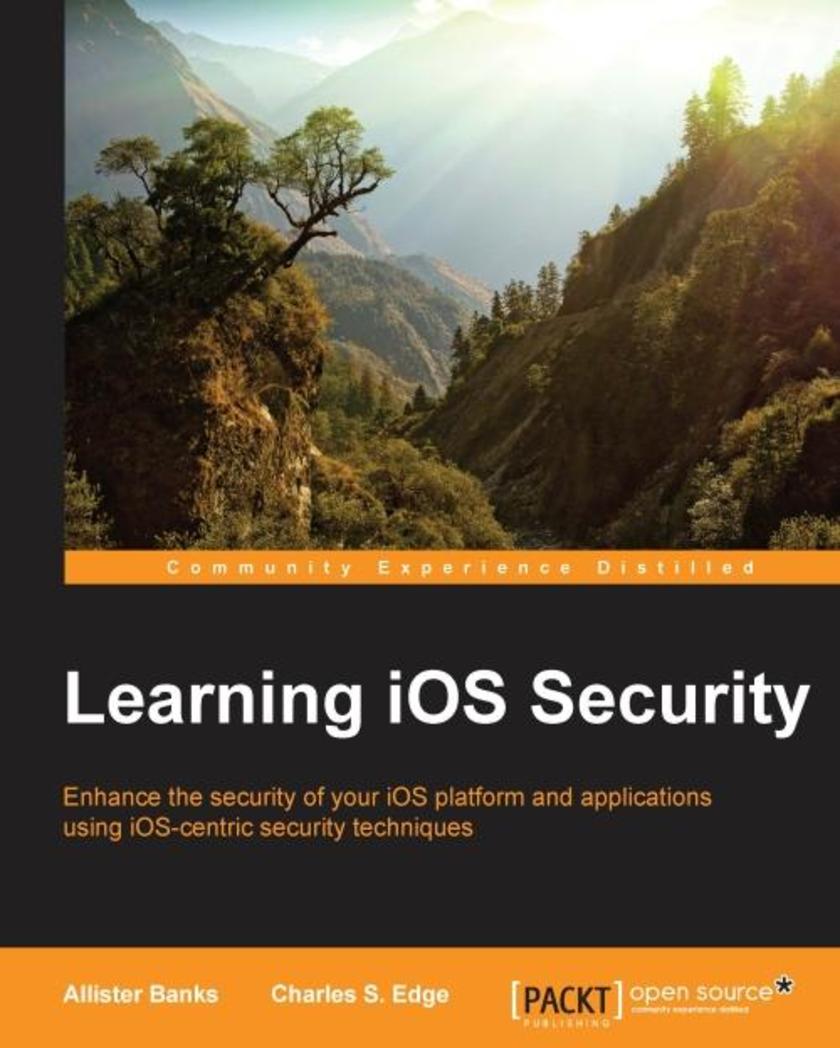
Learning iOS Security
¥45.77
This book is intended for mobile security professionals who want to learn how to secure iOS operating systems and its applications. Any knowledge of iOS architecture would be an added advantage.
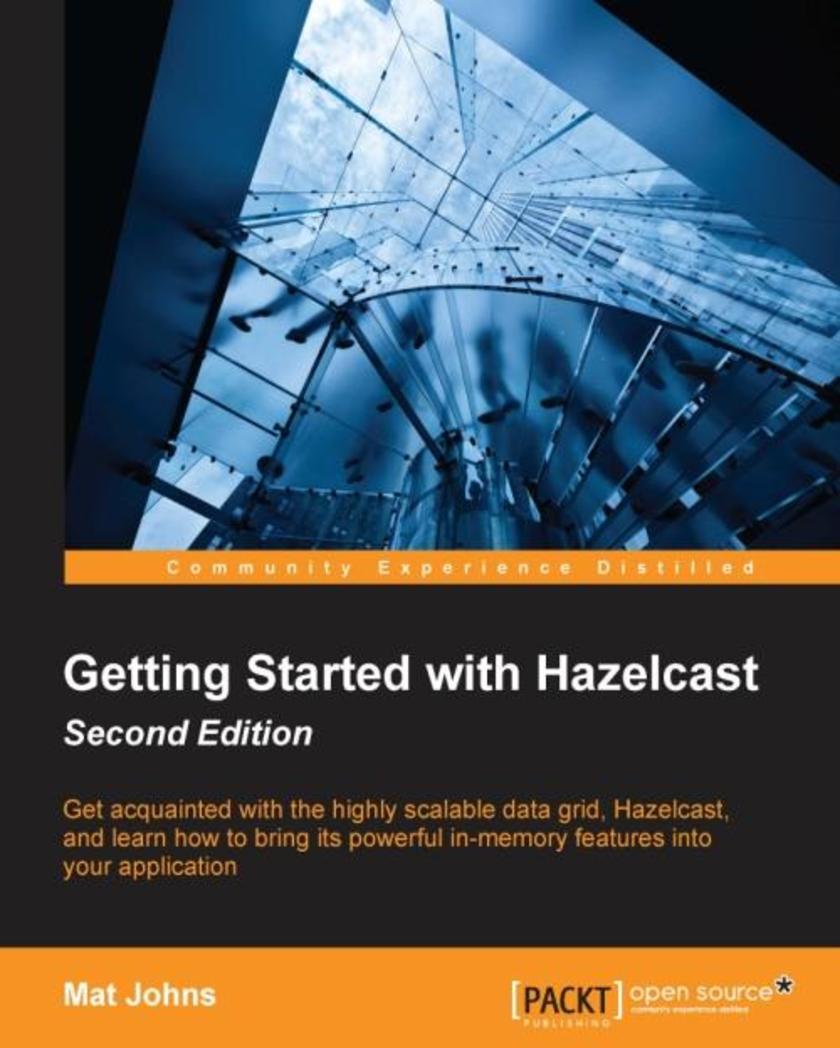
Getting Started with Hazelcast - Second Edition
¥63.21
This book is a great introduction for Java developers, software architects, or DevOps looking to enable scalable and agile data within their applications. Providing in-memory object storage, cluster-wide state and messaging, or even scalable task execution, Hazelcast helps solve a number of issues that have troubled technologists for years.
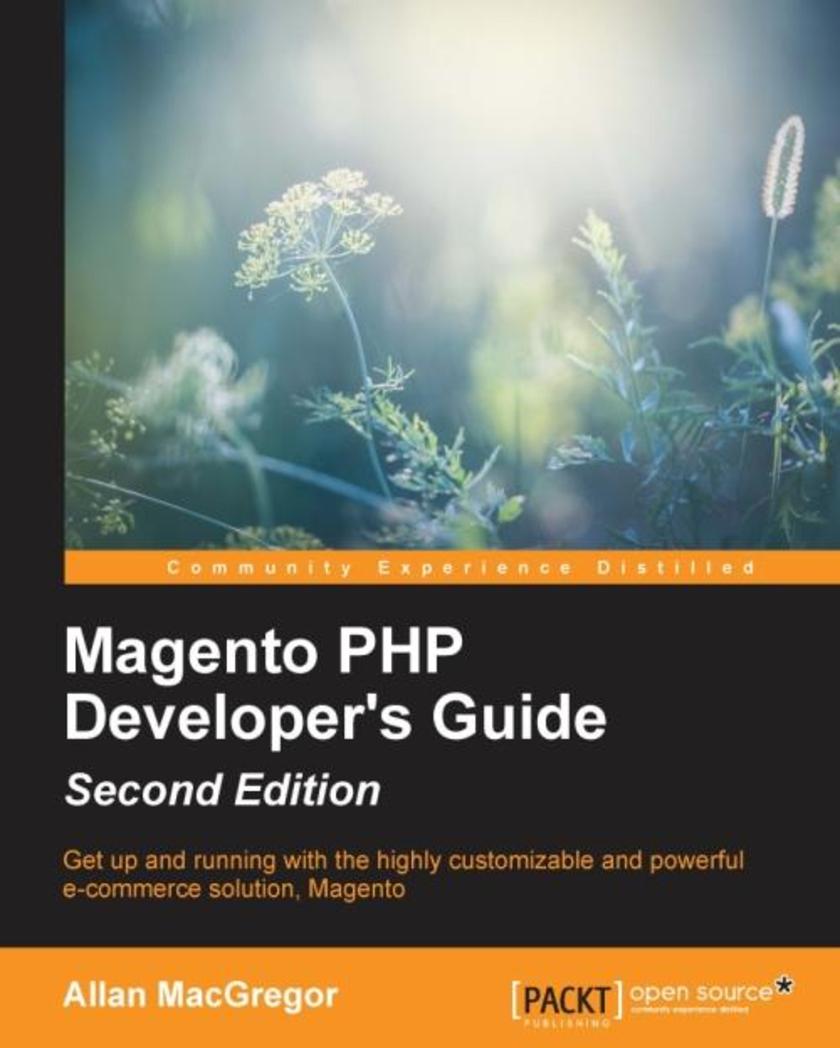
Magento PHP Developer's Guide - Second Edition
¥80.65
This book is written for PHP developers who are familiar with frameworks such as Zend or CakePHP and want to start developing and working with Magento. No prior knowledge of Magento is required.

ElasticSearch Cookbook - Second Edition
¥99.18
If you are a developer who implements ElasticSearch in your web applications and want to sharpen your understanding of the core elements and applications, this is the book for you. It is assumed that you’ve got working knowledge of JSON and, if you want to extend ElasticSearch, of Java and related technologies.
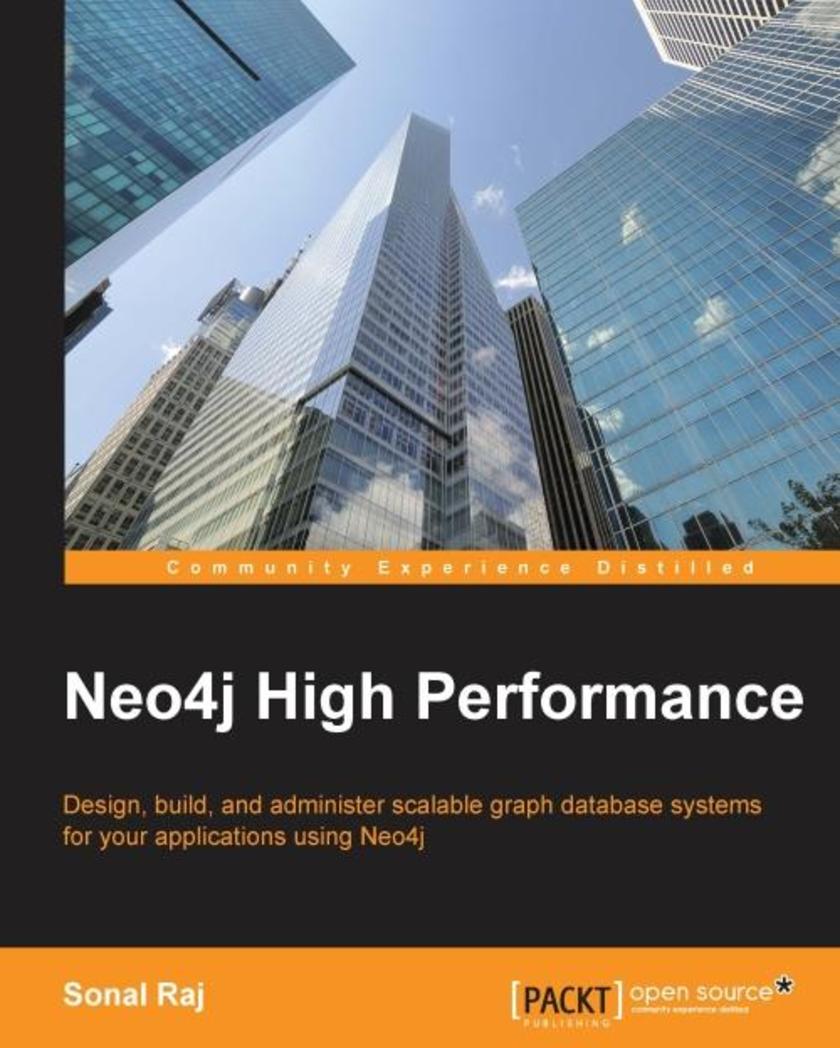
Neo4j High Performance
¥54.49
If you are a professional or enthusiast who has a basic understanding of graphs or has basic knowledge of Neo4j operations, this is the book for you. Although it is targeted at an advanced user base, this book can be used by beginners as it touches upon the basics. So, if you are passionate about taming complex data with the help of graphs and building high performance applications, you will be able to get valuable insights from this book.
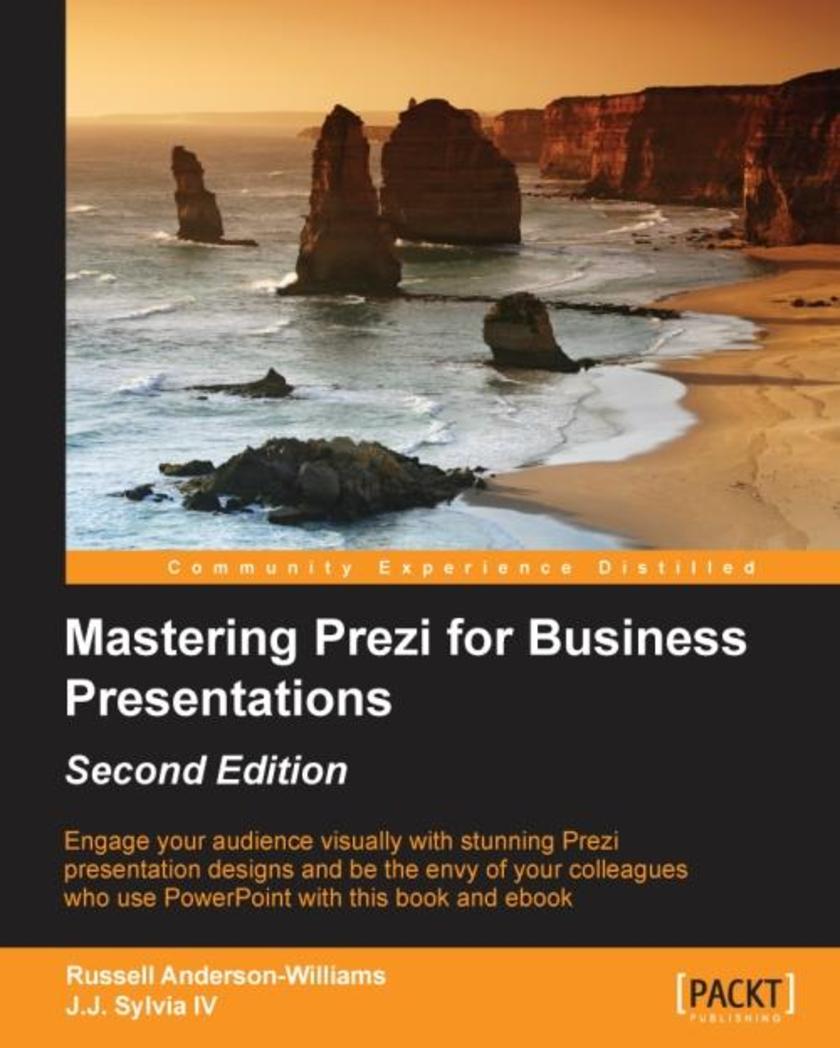
Mastering Prezi for Business Presentations - Second Edition
¥80.65
If you use Prezi in business and want to take your presentations to the next level, or if you want to become the office Prezi master, this book is for you.
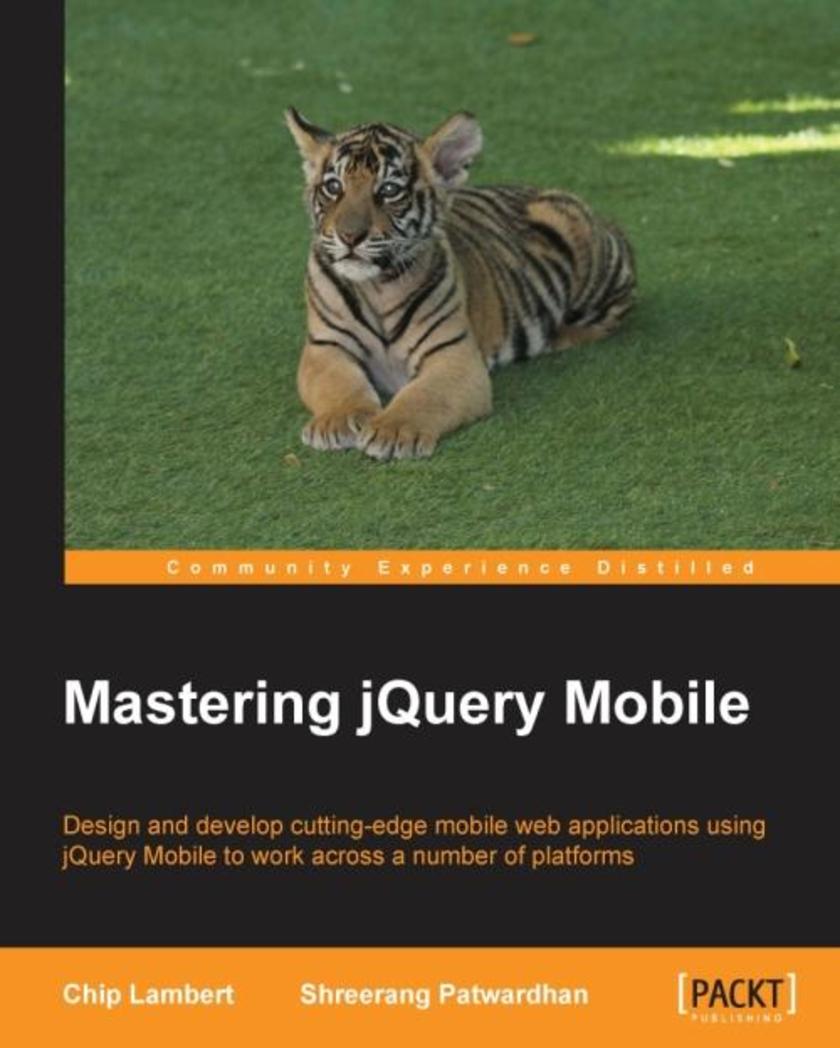
Mastering jQuery Mobile
¥90.46
You've started down the path of jQuery Mobile, now begin mastering some of jQuery Mobile's higher level topics. Go beyond jQuery Mobile's documentation and master one of the hottest mobile technologies out there. Previous JavaScript and PHP experience can help you get the most out of this book.
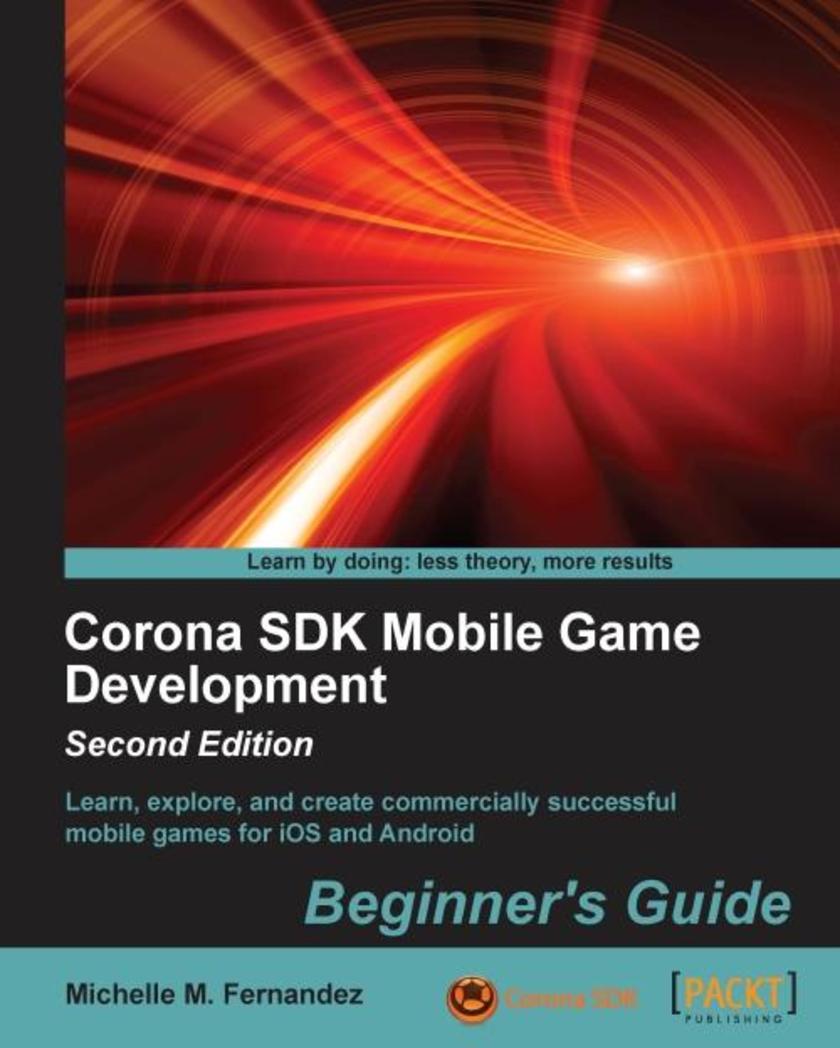
Corona SDK Mobile Game Development: Beginner's Guide - Second Edition
¥90.46
This book is for anyone who wants to have a go at creating commercially successfully games for Android and iOS. You don’t need game development or programming experience.
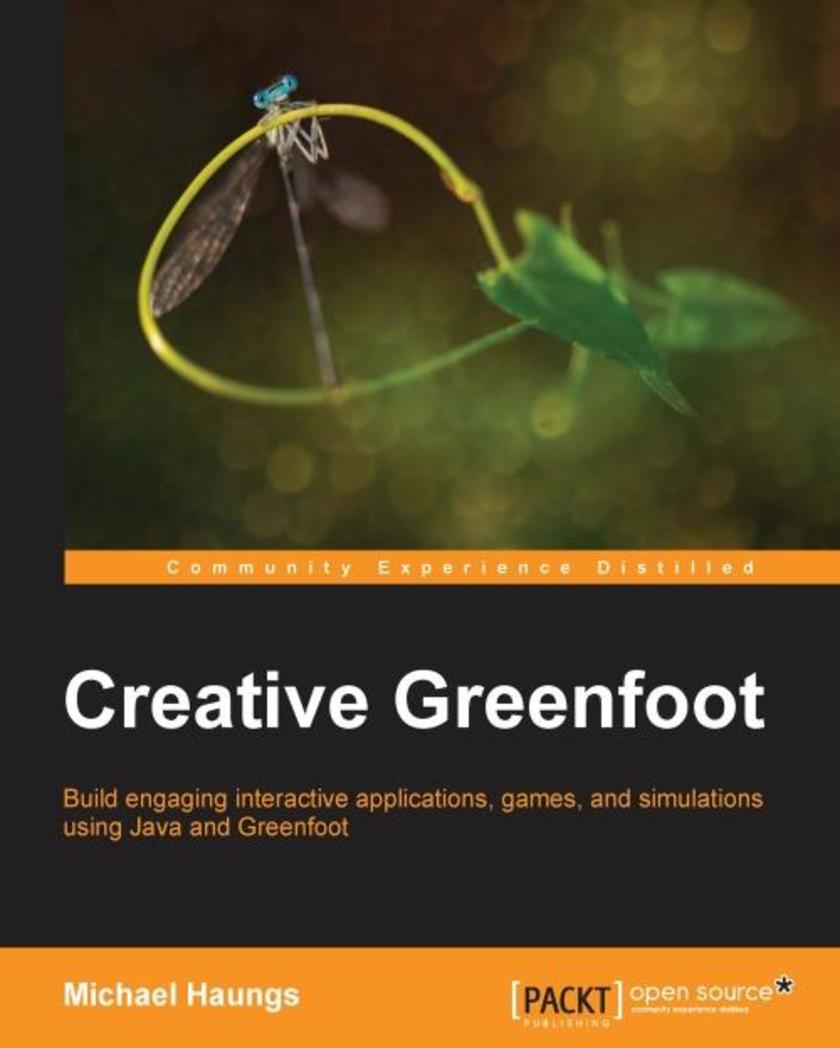
Creative Greenfoot
¥80.65
This book is for coding students and Java programmers of all levels interested in building engaging, interactive applications with Greenfoot. Familiarity with the very basics of Greenfoot is assumed.
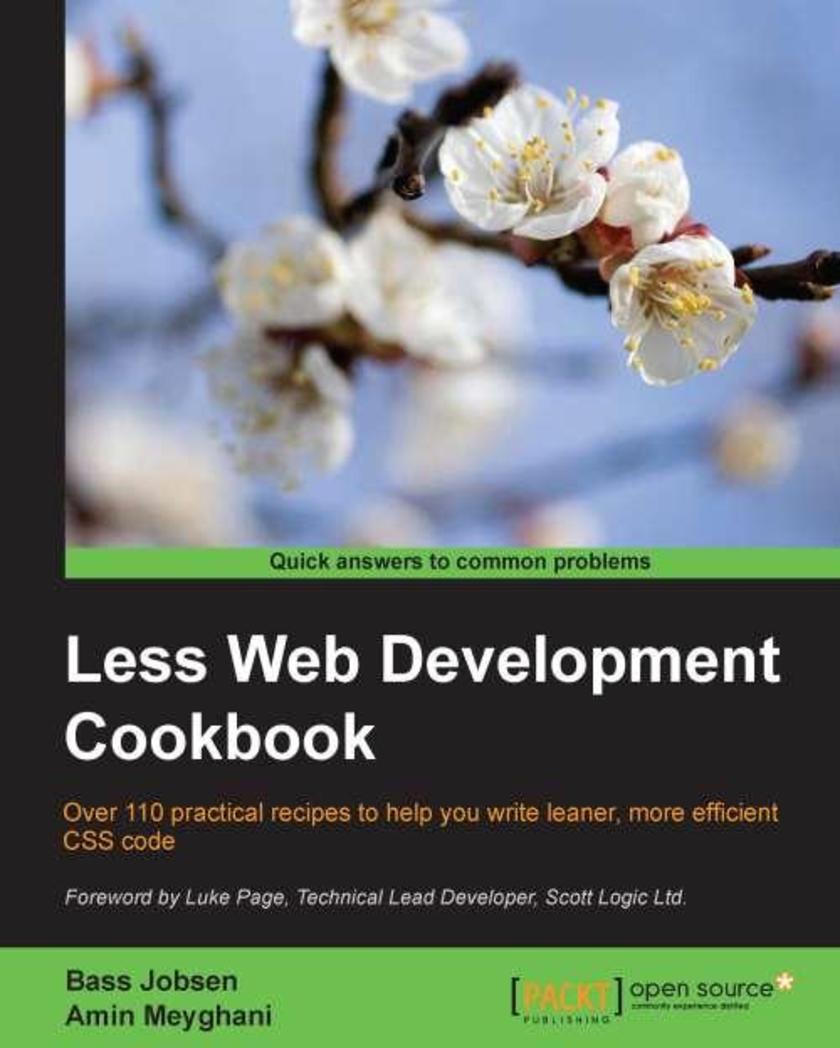
Less Web Development Cookbook
¥90.46
Aimed at those who want to overcome the limitations of CSS, through this book you will begin to harness the efficiency of Less by building advanced, responsive, and modern websites. Experienced web developers, students, and even web designers will find this guide very useful as they enhance their CSS skills.
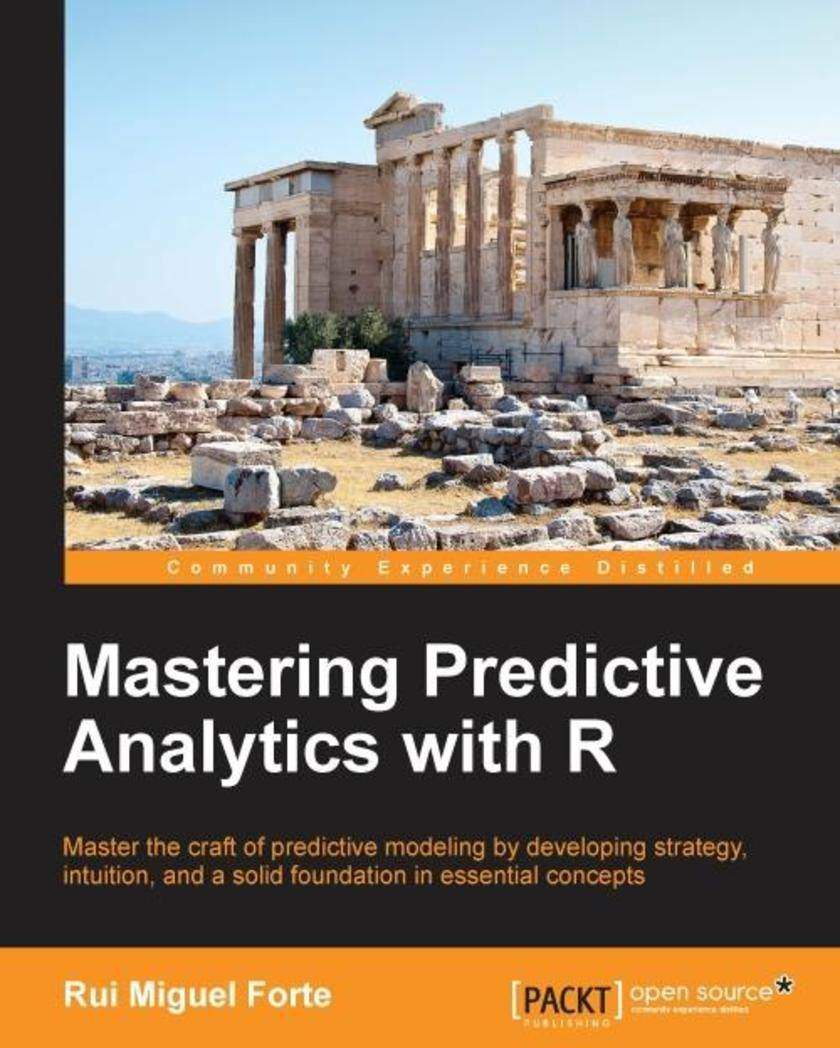
Mastering Predictive Analytics with R
¥90.46
This book is intended for the budding data scientist, predictive modeler, or quantitative analyst with only a basic exposure to R and statistics. It is also designed to be a reference for experienced professionals wanting to brush up on the details of a particular type of predictive model. Mastering Predictive Analytics with R assumes familiarity with only the fundamentals of R, such as the main data types, simple functions, and how to move data around. No prior experience with machine learning or predictive modeling is assumed, however you should have a basic understanding of statistics and calculus at a high school level.
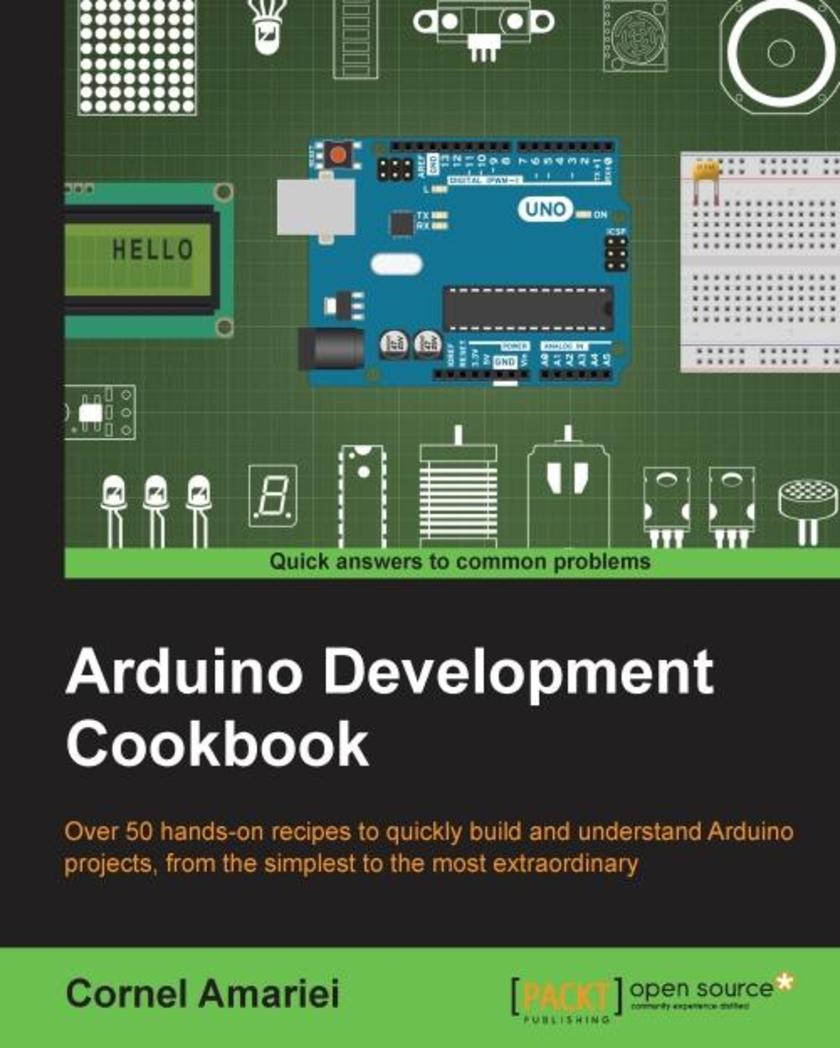
Arduino Development Cookbook
¥80.65
If you want to build programming and electronics projects that interact with the environment, this book will offer you dozens of recipes to guide you through all the major applications of the Arduino platform. It is intended for programming or electronics enthusiasts who want to combine the best of both worlds to build interactive projects.




 购物车
购物车 个人中心
个人中心



